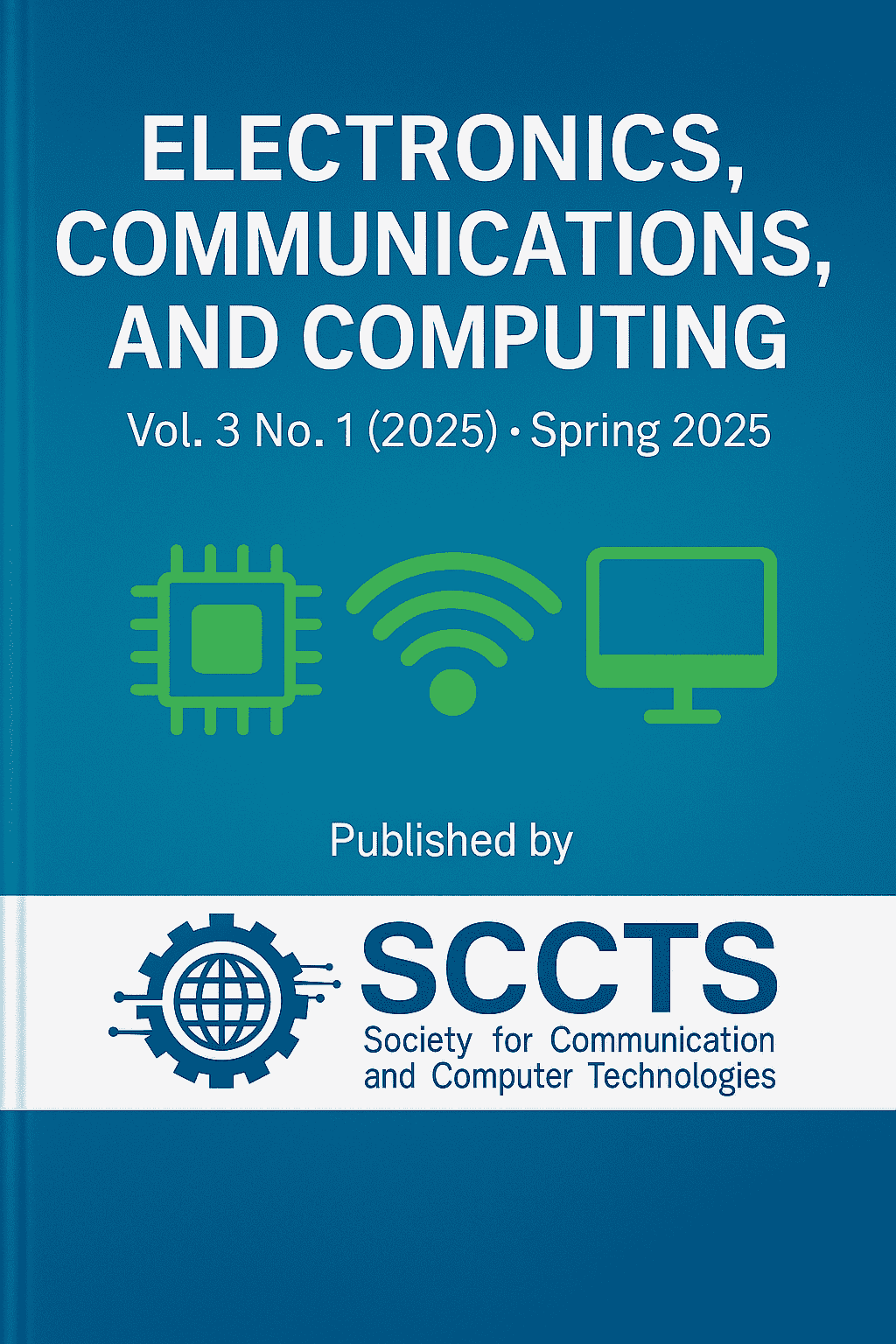A Hybrid Non-Terrestrial and Terrestrial Network Architecture for Delay-Tolerant IoT Applications
Keywords:
Hybrid Network Architecture, Non-Terrestrial Networks (NTN), Delay-Tolerant Networking (DTN), IoT Connectivity , Satellite-IoT Integration , LEO Satellites , Edge Buffering , 6GAbstract
Increasing the need of Internet of Things (IoT) services in thinly populated and infrastructure poor areas and in environment that requires delay-tolerant communication structure needs a strong and delay tolerant communication system. In this paper, a hybrid network architecture is proposed that will combine Non-Terrestrial Networks (NTNs), in this case Low Earth Orbit (LEO) satellite constellations, terrestrial 5G/6G systems to provide that scale and delay tolerant IoT. The aim is to provide data transmission that is steady and energy-efficient even with periodic connection and in the cases of high latency and geographical coverage. The suggested system can adopt a double stack system of communication which integrates Delay-Tolerant Networking (DTN) bundle protocol used on a satellite connection and the common TCP/UDP on the ground. Dynamic link selection routine or also called a cost-based link selection algorithm c is an algorithm that dynamically selects the best communication interface depending on availability of links, latency tolerance and node energy limitations. Resilience against disconnections and satellite hand offs is also improved by use of adaptive buffering and opportunistic data aggregation mechansims. Wide-scale simulation and network emulation show that the hybrid architecture delivers up to 45 percent-time savings and up to 45 percent-end-to-end latency under disrupted conditions and 98.7 percent data delivery success in remote settings. The system additionally provides flexible service-level agreements (SLAs) to various applications including wildlife telemetry, emergency, and maritime-IoT. The findings confirm that hybrid NTN-terrestrial architecture can be a viable solution to 6G IoT. With regard to predictable link management, future research will concern the integration of machine learning to predictive link management and implementation of the satellite-sensitive congestion control methods.



